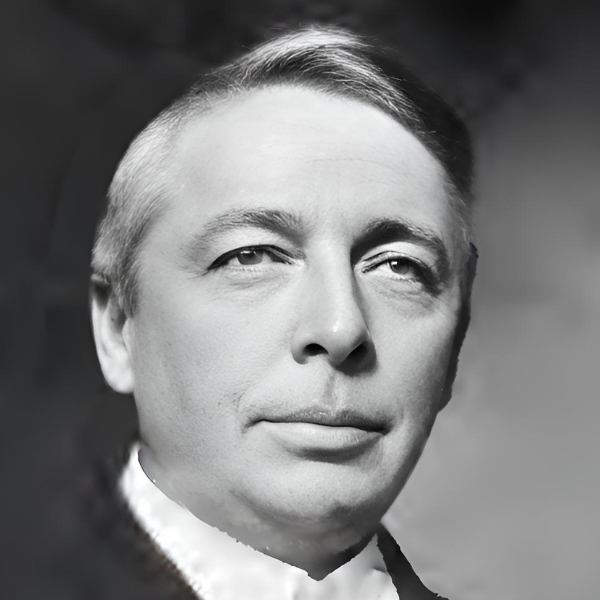Francisco “Chico” Lopez was an early Californio rancher whose name became attached to what is now Elizabeth Lake, once widely known as La Laguna de Chico Lopez.

He was part of the Lopez family that held long-standing land and grazing rights in the western Antelope Valley during the Mexican and early American periods of California. The Lopez holdings were associated with the Rancho San Francisco grant, centered near present-day Newhall. Still, their herds often ranged north and west into the Sierra Pelona and Antelope Valley foothills.
By the 1840s, Chico Lopez was running sheep and cattle in the region surrounding the lake. Travelers and surveyors used his name to identify the landmark—“Chico Lopez’s Lake” or “La Laguna de Chico Lopez.” The lake served as a watering stop along the early trails crossing the San Andreas rift zone between Soledad Canyon and the Antelope Valley.
Later, as American settlers arrived in the 1860s and 1870s, the Lopez name persisted in maps and local speech until the site was renamed Elizabeth Lake. The renaming is attributed to surveyor Benjamin Davis Wilson (Don Benito Wilson), who supposedly named it for a relative or acquaintance during his expeditions through the area.
Though details of Chico Lopez’s later life are scarce, his legacy survives in the early place-name and in the transition from the Californio ranching era to the American homesteading period in the western Mojave frontier.
Elizabeth Lake
Silver Road
Borax Road
Tejon Pass
Fort Tejon Road
Don Benito Wilson
Tiburcio Vasquez
Tejon Ranch (Winter)

